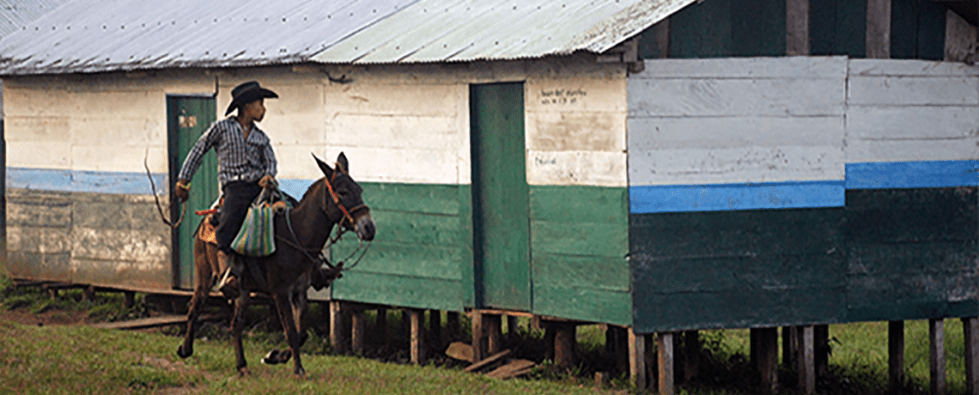
Indigenous conservation methods bring great results, but their land is under attack by outside forces
Talli Nauman with the Thoman Rueters Foundation recently published an article on Indigenous Mayans in Mexico who have long standing methods for fighting species loss and climate change. Nauman speaks to forest protection experts who verify that the Indigenous methods work.
Indigenous and community forestry is key to slowing species extinction and global warming, so governments must do more to guarantee the land rights of forest peoples, as well as their participation in decision-making, experts told the CBD’s 13th major conference.
“Engaging with, and supporting indigenous peoples and local communities, is vital,” said Maurizio Farhan Ferrari, environmental governance coordinator for the Forest Peoples Programme.
“Biological and cultural diversity together increase resilience to social, environmental and climate change,” said Joji Carino, a working group coordinator for the International Indigenous Forum on Biodiversity.
Community involvement is key to projects like the Maya Jungle Alliance, which provides ecosystem services to the largest rainforest in Mexico and Central America. By making the habitat safer, wildlife is more able to reproduce and migrate.
On the ground work by people in affected regions is key, as Indigenous Peoples and forest communities are under attack from outside business and government interests. In 2011, Global Justice Ecology Project’s Orin Langelle and journalist Jeff Conant traveled to Chiapas, Mexico to investigate a proposal that would provide carbon offsets from Mexico and Brazil to power polluting industries in California.
Langelle and Conant documented the community of Amador Herndez, Chiapas, and their resistance to the California-Chiapas deal.
Communiqué from Amador Hernandez, Chiapas:
“We, the residents of the Amador Hernandez region in Chiapas, which forms the core of the Montes Azules Biosphere Reserve, well known for its extraordinary biological richness, and the site of historic resistance by indigenous peoples, denounce that the illegal threats by the bad government to expel us, culturally and physically, from our territories, have moved from words to deeds.
Our opposition to the theft of our territory, as decreed in May 2007; our rejection of the unilateral delimiting of the agrarian border of the Lacandona Community demanded by investors in projects associated with the REDD+ [Reduced Emissions from Deforestation and Forest Degradation] Project; our refusal to accept the conservationist programs of “payment for environmental services” and “productive land reconversion,” and our decision to reinitiate a process of self-determined community health based in our traditional medicine, together have aroused the arrogance of the bad government, motivating them to advance a “new” counterinsurgency strategy to undermine our resistance.
It is a strategy that doles out sickness and death, dose by dose.”
See the photo essay here at PhotoLangelle.org.
Indigenous Peoples are key to conservation and the survival of the planet. This theme is explored in the short Global Justice Ecology Project documentary A Darker Shade of Green, which is available in full below.



